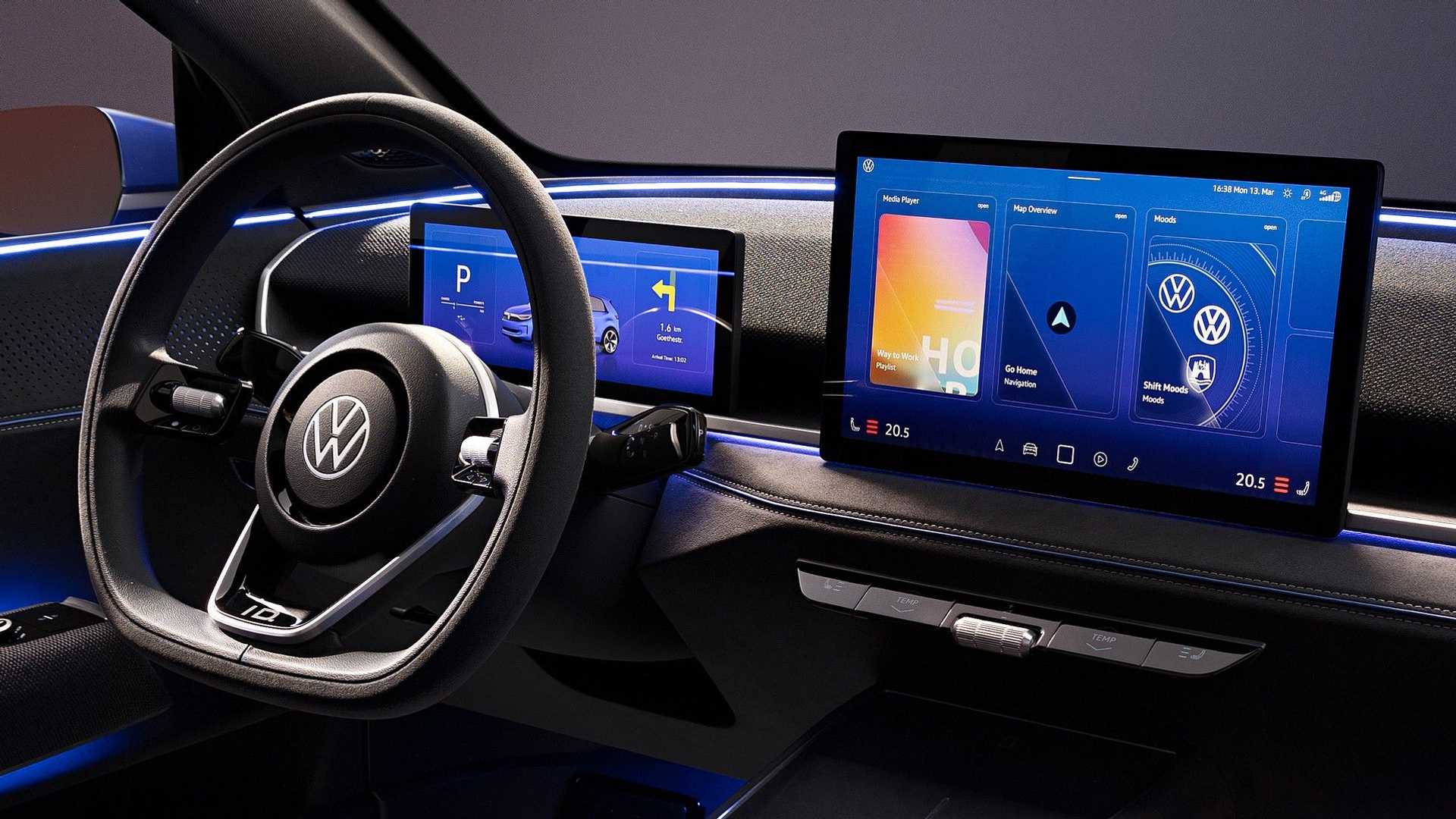- cross-posted to:
- [email protected]
- cross-posted to:
- [email protected]
Volkswagen Will Bring Back Physical Buttons In New Cars | Down with touch screen controls.::Volkswagen says that it has heard the feedback from its customers. It plans to bring back physical buttons and controls in future models.



There’s so many fewer points of failure when you use physical buttons as opposed to touch screens. I hope everyone follows suit.
The physical buttons aren’t attached to anything though. It’s still software. My ford buttons glitch out when the soft buttons and steering wheel buttons do.
It’s because they cheaped out and used (cheap) electromechanical switches for the buttons and electromechanical rotary encoders for the knobs.
If they used magnetic hall effect switches they’d never glitch (unless the microcontroller itself is glitching). Hall effect switches are forever.
(And no: Even cars in Arizona don’t get hot enough to wreck rare earth magnets… They’ll lose strength slightly above 80°C but not enough to matter since the car knows its internal temp and can compensate if they didn’t get the better sensors that auto-compensate).
For reference, hall effect switches and encoders aren’t really that much more expensive for something like a car where you’re going to be using/making millions of them. It probably saves pennies per car to use the cheap switches.
It’s because the knobs control software and the software is buggy. The volume knob is not connected to the amp for instance.
The knob or switch longevity isn’t even in question yet.
If the volume knob was connected to the amp you’d hear the static from a shitty potentiometer that’s wearing out. Instead what you get is a volume knob that occasionally skips steps because it’s an electromechanical rotary encoder and doesn’t rely on brushes rubbing against a gradient resistive wheel (that literally wears itself away over time which is why car manufacturers switched to rotary encoders in the first place).
The software sucks too (absolutely!) but it’s pretty obvious when the problem is one of the following:
These two things are clear indicators of electromechanical components failing. Not normally caused by buggy software.
Neither of these things happen when you use hall effect switches or hall effect rotary encoders (for knobs).
What I don’t get is this constant cheating where they don’t have to.
Even where making a real thing with its advantages is cheaper or same, they’ll still make it dependent on something that breaks.
Well, it would be advantageous where no competition will do the real thing. But we have competition, right? Free markets, right? No cronyism, right? LOL
Physical buttons have wiring harness failure, mechanical failure, and software failure…pretty much exactly the same amount as the touchscreen solution.
What boggles my mind is that cheap, snappy, easy-to-use touchscreen interfaces have been a solved issue for well over a decade with the proliferation of smartphones…why the hell do car manufacturers suck so much at implementing it!? They’re all slow bug-ridden shitshows.
They probably don’t want to use the necessary processor to do it because it costs more so you end up with laggy interfaces instead.
I can’t imagine that they’re using a powerful enough processor, and their code is just so bad that its slow.
It’s clearly doable, Tesla has a snappy smooth interface. It still struggles a bit on pre ryzen cars with the web browser or video players like Netflix, but the actual car interface for car things runs fine and has for a very long time now.
It’s because car manufacturers are loath to change microcontrollers in their vehicles because they’ve got decades of processes, tooling, and debugging with the (Atmel) chips they’ve been using since forever. When they decide to make a new car they basically just look at the latest Atmega(whatever) “automotive” chip (using really old chip tech) and choose that.
Atmel has “automotive” chips for everything! From regular MCUs to beefy ones with boatloads of pins and (slow ass) LCD controllers. They’ve made it so that car manufacturers don’t even have to think! The engineers probably get an automatic OK to use whatever Atmel “automotive” chip they want but anything else requires a lengthy and expensive certification process.
Some cars are using STM32 chips made for automotive but they’re not as common as you’d think!
Basically, the car manufacturers are extremely risk-averse because of low margins and something like an ECU recall can totally ruin the profitability of a new car. They’re also lazy and don’t want to try new things! There, I said it 😁
He’s talking points of failure when it comes to a person interacting with it. At least that’s my take. Imagine you’re reaching for a volume button instead of a volume slider on the screen. You’re going to hit that mofo basically every single time. Whereas with the touch screen you’ve got to look and pay attention. Make sure your finger goes in exactly the same place etc etc.
It’s a combination of, car manufacturers want to put cheap parts in where possible to maximize profit, and these snappy tablets you refer to aren’t snappy for a decade or even live a decade. Car screens need to make it the life of the car, which is expected to be roughly 10 years with most brands, if it sucks the same year 1 as it does year 10 that’s a success. The car manufacturers are valuing reliability over performance
If you don’t bloat the software it will run the same year 10 as in year 1. The reason electronics get slow, is because developers tend to get lazy when compute resources are abundant.
How do you do “mechanical failure” with hercons? I’m all attention. They may not be as pleasant to use, but beat touchscreens still.